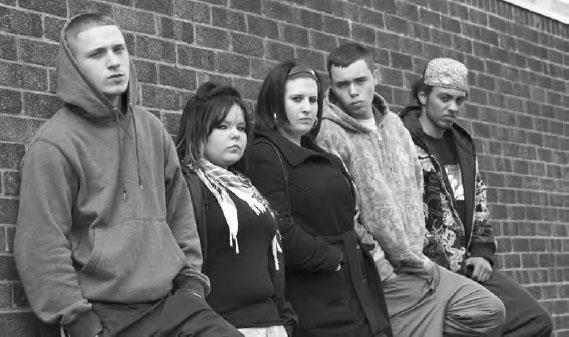Criminal behavior involves the violation of the law, which in most cases also involves violation of social norms. However, in subcultures in which criminal behavior is socially acceptable, such as adolescent gangs, terrorist groups, and organized crime, an individual’s participation in criminal behavior may be less a function of abnormal psychology than of the identification with and desire to fit into a social group. In other cases, people join violent social groups not out of free choice but because of coercion from the particular group or a perceived need for protection from other violent, predatory groups. In disadvantaged, low SES neighborhoods where violent gangs are more likely to flourish, this can have a devastating effect on the social development of young people, and young men in particular.

Teen gangs are typically well-structured social groups with clear codes of acceptable behavior. When trying to understand gang members’ behavior, it is probably more useful to consider the social environment where gangs tend to flourish than to focus on the psychological traits of individual gang members. In other words, it is likely that gang members become violent because they have been socialized to become that way in the gang (iStock).

